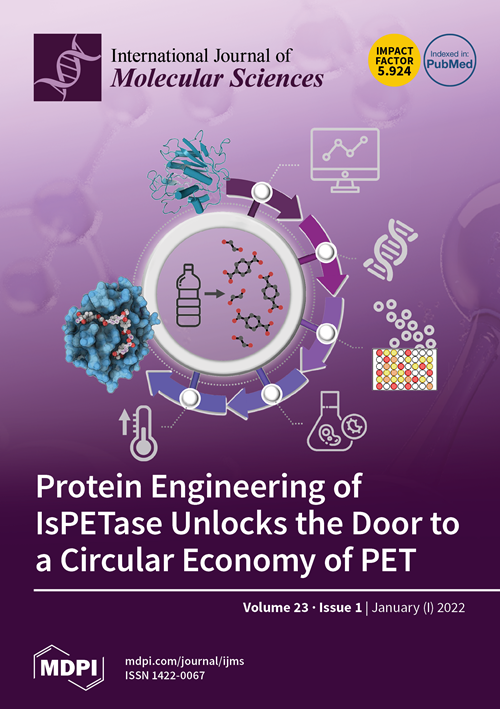Medical Device-Associated Healthcare Infections: Sterilization and the Potential of Novel Biological Approaches to Ensure Patient Safety
IF 4.9
2区 生物学
Q1 BIOCHEMISTRY & MOLECULAR BIOLOGY
引用次数: 0
Abstract
Healthcare-associated infections caused by multi-drug-resistant pathogens are increasing globally, and current antimicrobial options have limited efficacy against these robust species. The WHO details the critically important bacterial and fungal species that are often associated with medical device HAIs. The effective sterilization of medical devices plays a key role in preventing infectious disease morbidity and mortality. A lack of adherence to protocol and limitations associated with each sterilization modality, however, allows for the incidence of disease. Furthermore, issues relating to carcinogenic emissions from ethylene oxide gas (EtO) have motivated the EPA to propose limiting EtO use or seeking alternative sterilization methods for medical devices. The Food and Drug Administration supports the sterilization of healthcare products using low-temperature VH2O2 as an alternative to EtO. With advances in biomaterial and medical devices and the increasing use of combination products, current sterilization modalities are becoming limited. Novel approaches to disinfection and sterilization of medical devices, biomaterials, and therapeutics are warranted to safeguard public health. Bacteriophages, endolysins, and antimicrobial peptides are considered promising options for the prophylactic and meta-phylactic control of infectious diseases. This timely review discusses the application of these biologics as antimicrobial agents against critically important WHO pathogens, including ESKAPE bacterial species.医疗器械相关的医疗保健感染:消毒和新型生物方法确保患者安全的潜力
在全球范围内,由具有多重耐药性的病原体引起的医疗相关感染日益增多,而目前的抗菌药物对这些强耐药性病原体的疗效有限。世卫组织详细介绍了经常与医疗器械 HAIs 相关的极其重要的细菌和真菌种类。医疗器械的有效消毒在预防传染病发病率和死亡率方面发挥着关键作用。然而,不遵守协议和每种灭菌方式的相关局限性会导致疾病的发生。此外,与环氧乙烷气体(ETO)的致癌排放有关的问题促使美国环保局提议限制环氧乙烷的使用,或为医疗器械寻找替代灭菌方法。美国食品和药物管理局支持使用低温 VH2O2 替代环氧乙烷对医疗产品进行灭菌。随着生物材料和医疗器械的发展,以及组合产品的使用日益增多,目前的消毒灭菌方法已变得十分有限。为保障公众健康,有必要采用新方法对医疗器械、生物材料和治疗药物进行消毒和灭菌。噬菌体、内溶酶素和抗菌肽被认为是预防性和超预防性控制传染病的有前途的选择。这篇及时的综述讨论了这些生物制剂作为抗菌剂对世界卫生组织重要病原体(包括 ESKAPE 细菌物种)的应用。
本文章由计算机程序翻译,如有差异,请以英文原文为准。
求助全文
约1分钟内获得全文
求助全文
来源期刊

International Journal of Molecular Sciences
Chemistry-Organic Chemistry
CiteScore
8.10
自引率
10.70%
发文量
13472
审稿时长
17.49 days
期刊介绍:
The International Journal of Molecular Sciences (ISSN 1422-0067) provides an advanced forum for chemistry, molecular physics (chemical physics and physical chemistry) and molecular biology. It publishes research articles, reviews, communications and short notes. Our aim is to encourage scientists to publish their theoretical and experimental results in as much detail as possible. Therefore, there is no restriction on the length of the papers or the number of electronics supplementary files. For articles with computational results, the full experimental details must be provided so that the results can be reproduced. Electronic files regarding the full details of the calculation and experimental procedure, if unable to be published in a normal way, can be deposited as supplementary material (including animated pictures, videos, interactive Excel sheets, software executables and others).
 求助内容:
求助内容: 应助结果提醒方式:
应助结果提醒方式:


